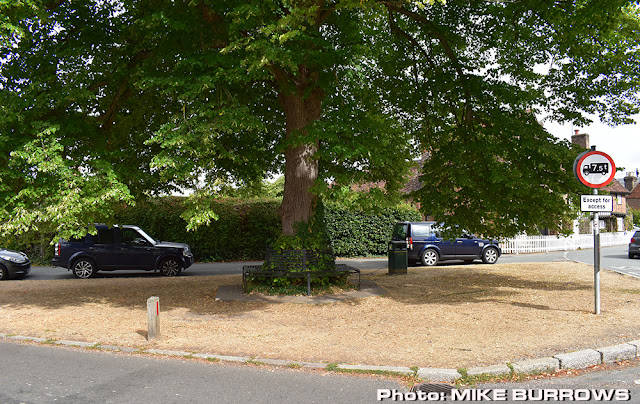Here’s a few of the Century 21 and other vintage Anderson related records I’ve collected over the years. Nowhere near a full set, as there was a total of 6 LPs and 37 EP’s released between October, 1965 and November, 1967, so I’m a long way off completing a collection.
Plus, I’m only interested in records that came out at the time, and even those have to be from Gerry & Sylvia’s series’, so no Tingha and Tucker, or Topo Gigio here!
I principally set out to collect only the first set of six mini albums, originally released in 1965, and that were regularly advertised in early editions of TV Century 21.
These were affordable 7” 33 r.p.m. mini albums featuring 21 minutes of adventure!
The 21 minute version was also released as part of the 1966 ‘World of Tomorrow’ compilation LP, which included a re-recorded end theme sung by Ken Barrie, backed by the Barry Gray Quintet.
The World of Tomorrow LP also included ‘A Trip to Marineville’ featuring Stingray.
‘A Trip to Marineville’ is another original story by Alan Fennell, and the third Century 21 mini album released in 1965. It features three of the original voice artists, plus Sylvia Anderson.
The second Century 21 mini album release was ‘Into Action with Troy Tempest’. The story uses excepts from the episodes, Subterranean Sea and Deep Heat with connecting dialogue provided by Commander Shore.
The record is intended as a read -along, and comes with a separate dialogue sheet to help the listener read along with Troy and Phones on their adventure. Three original voice artists are featured, Don Mason, Ray Barrett and Robert Easton.
The fifth mini album release is ‘Marina Speaks’. This original story reveals the reason why Marina can not speak. Sylvia Anderson joins Stingray original voice artists Lois Maxwell, Ray Barrett and David Graham. The sleeve mentions Don Mason, but he's not actually heard on the record.
The ‘Marina’ comic strip in Lady Penelope magazine expands on the reasons why Marina is mute.
‘Marina Speaks’ is also featured on the 1966 LP, ‘Lady Penelope Presents’, which also includes the fourth mini album release, 'Introducing Thunderbirds’
The sixth mini album, TV Century 21 Themes has five Anderson related tracks, and a sixth, Dr Who, played by the Eric Winstone Orchestra.
The album, which is narrated by David Graham, uses an edited audio version from the Dr Who episode, The Planet of Decision from the story, The Chase which was notable for the only TV appearance of The Mechanoids.
Another LP, Jeff Tracy Introduces International Rescues features Thunderbird 1 in Trapped in the Sky, and Thunderbird 2 in End of the Road.
An assortment of adverts from TV Century 21.
And I should mention that nowadays it’s far simpler to collect the Century 21 recordings from Fanderson, as they’ve perfectly transferred most of them to CD complete with a perfect facsimile of the cover. Even the 'Into Action with Troy Tempest' CD has a facsimile of the read-a-long script!
Here's a photo of some in my collection:
































































